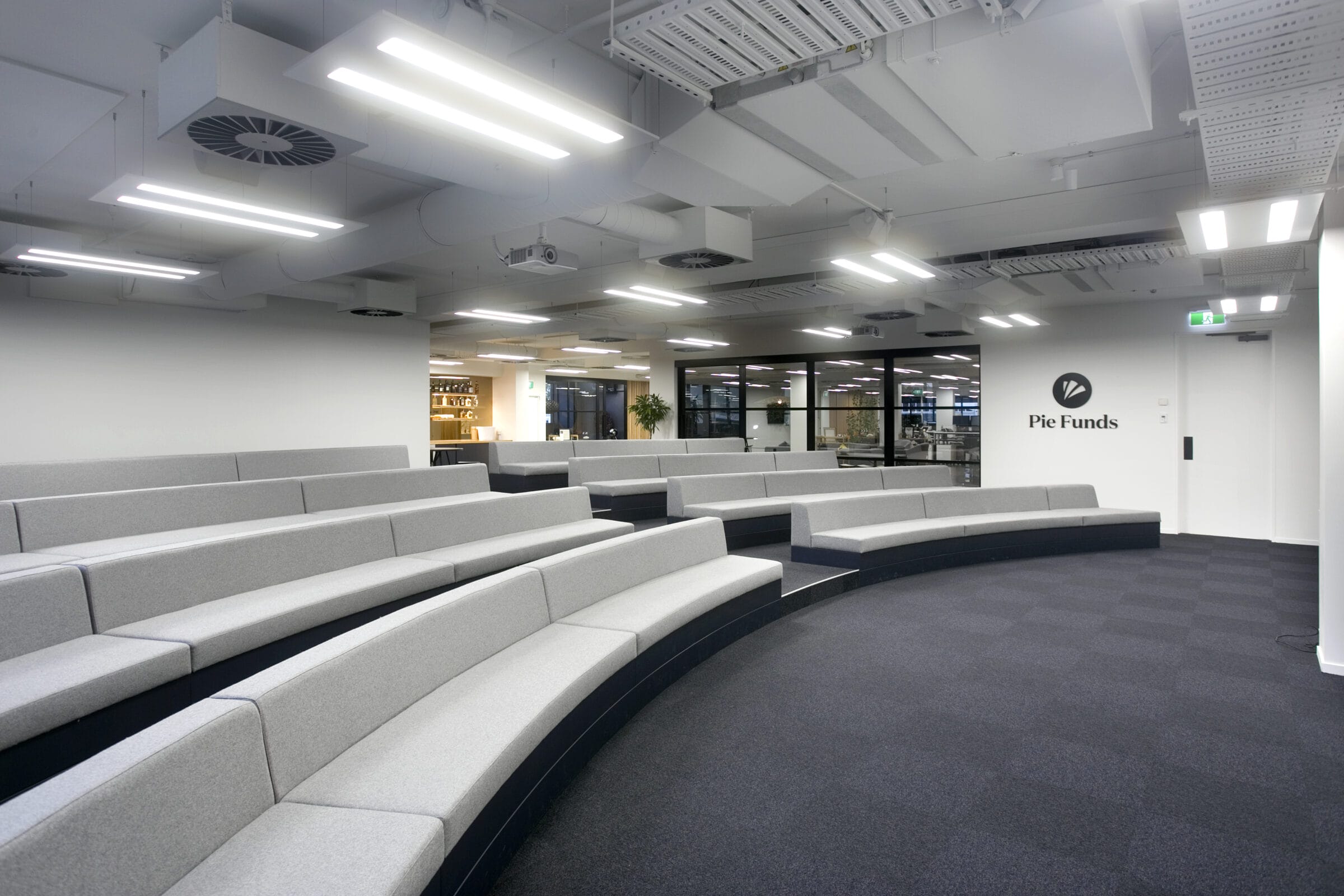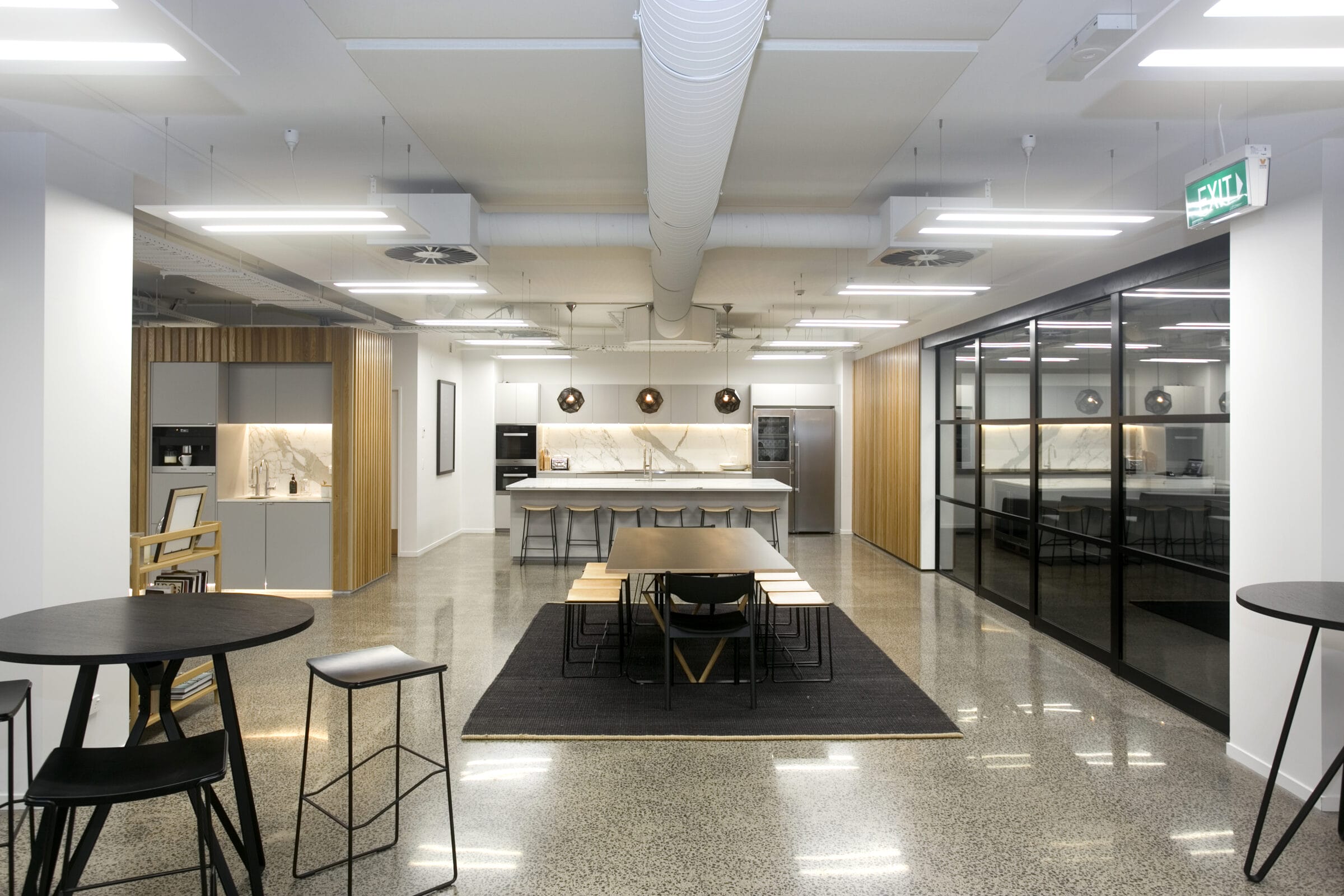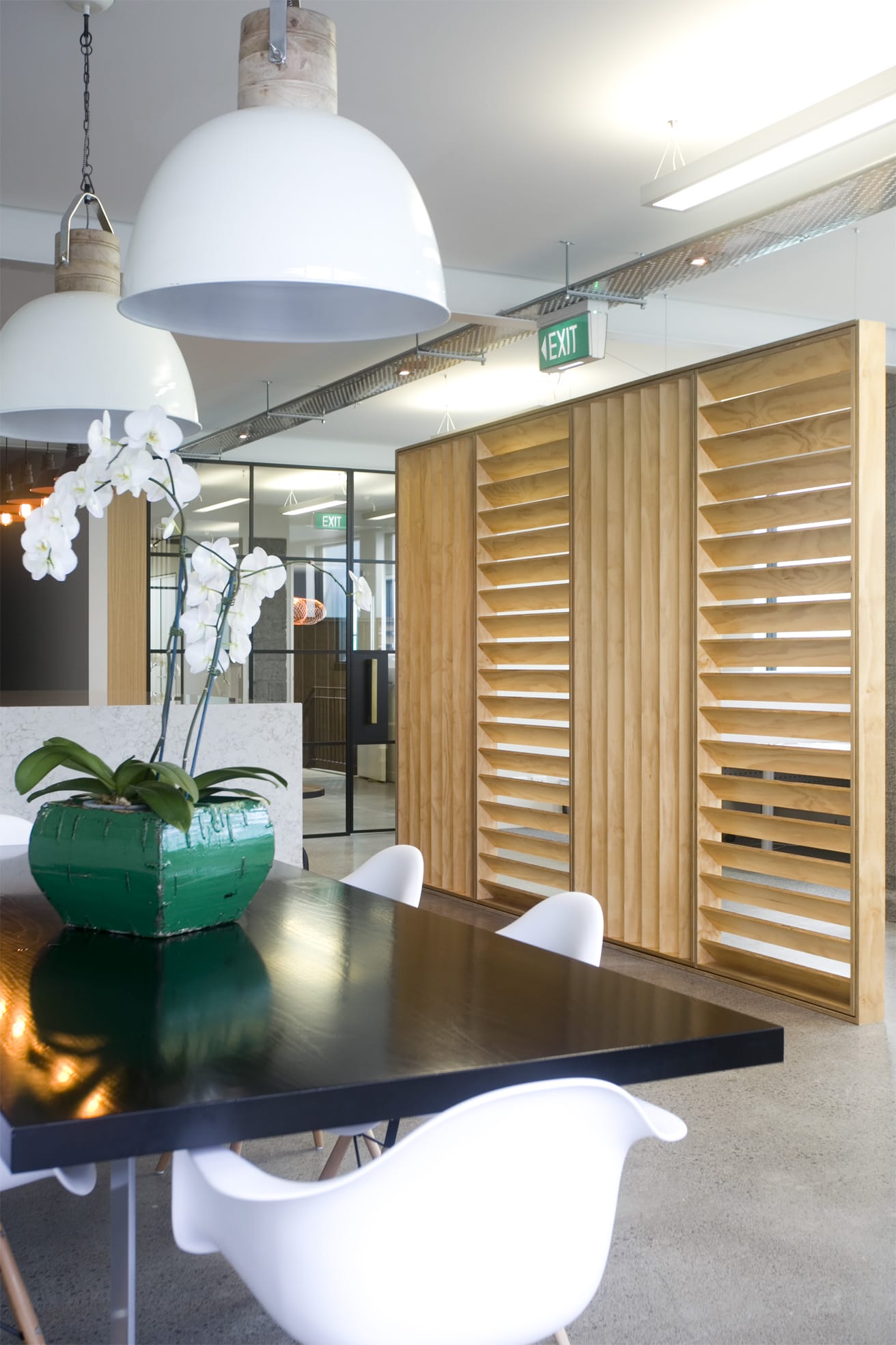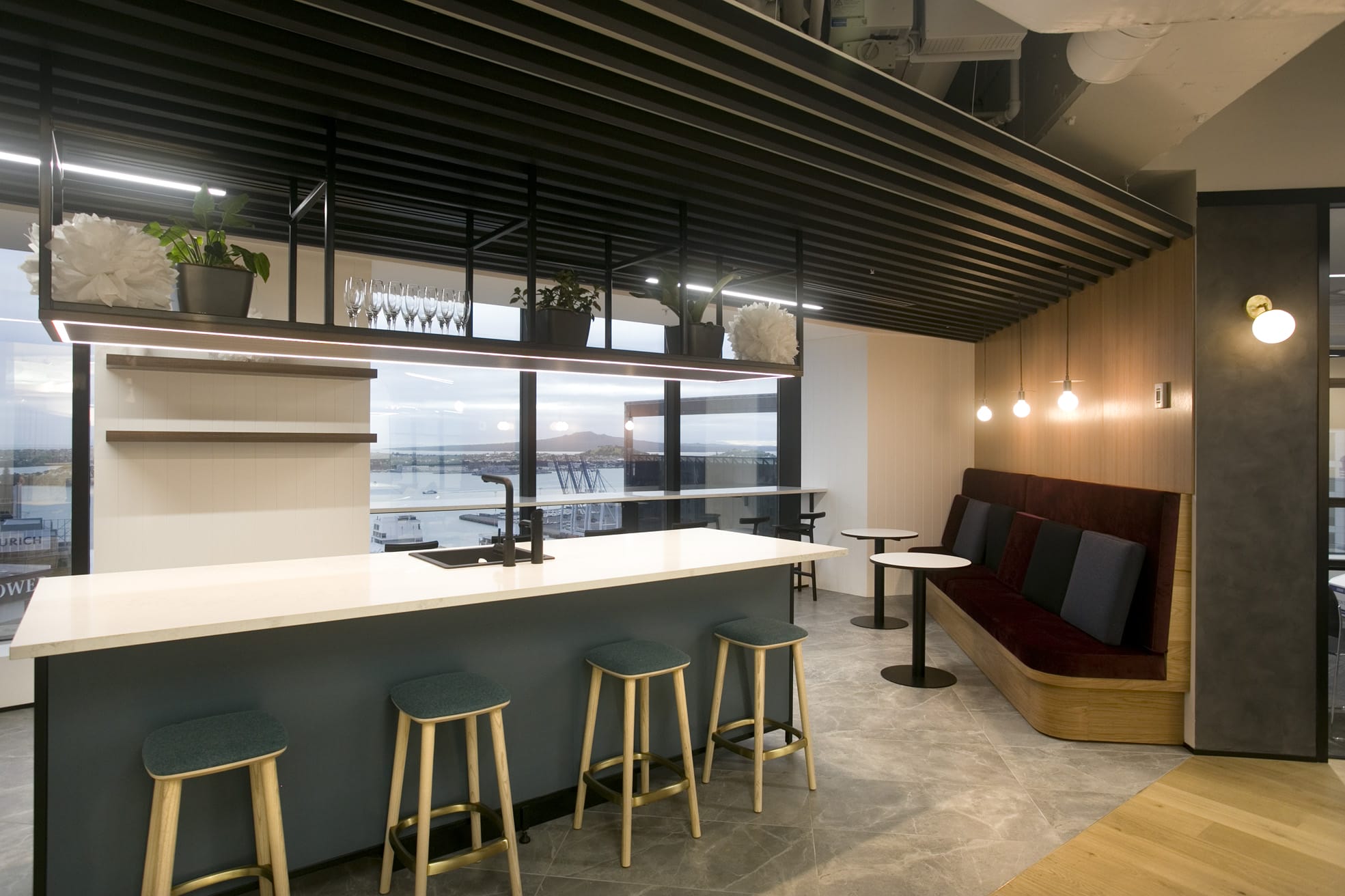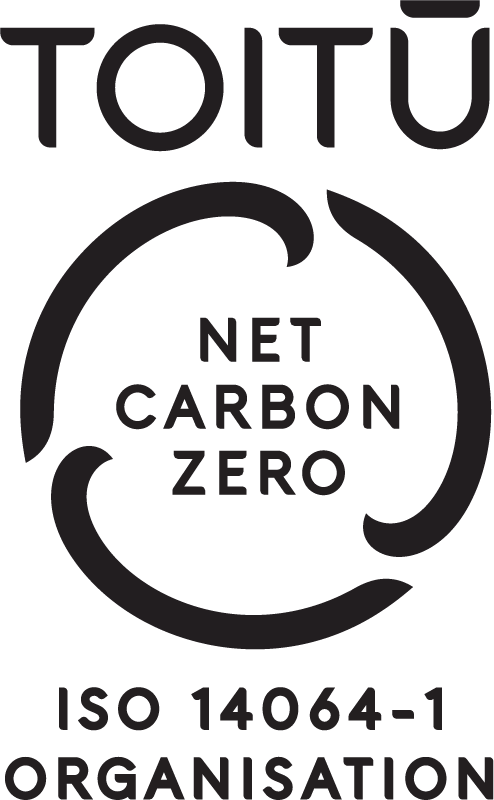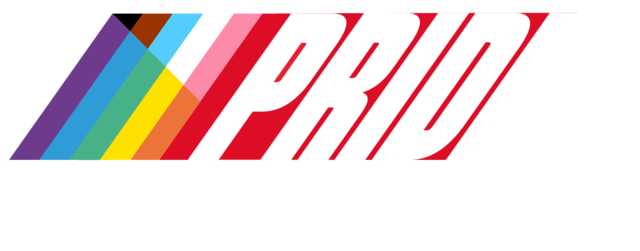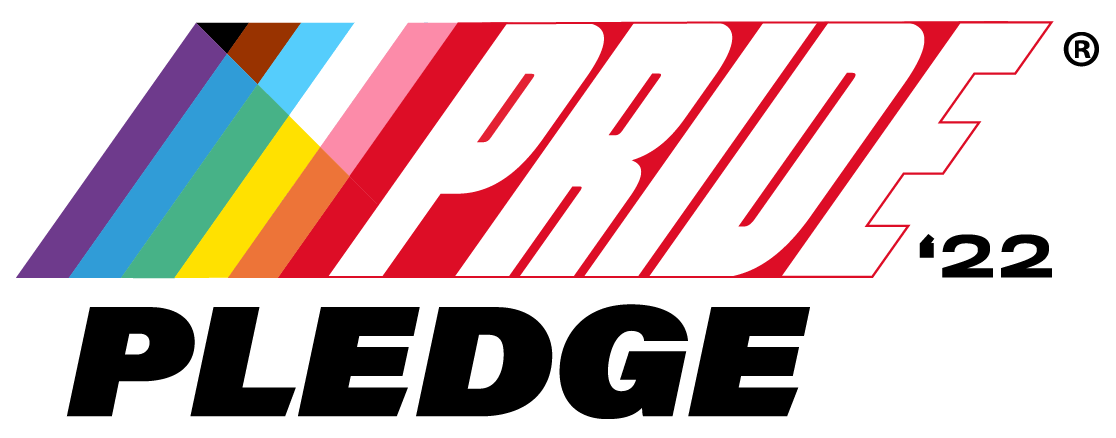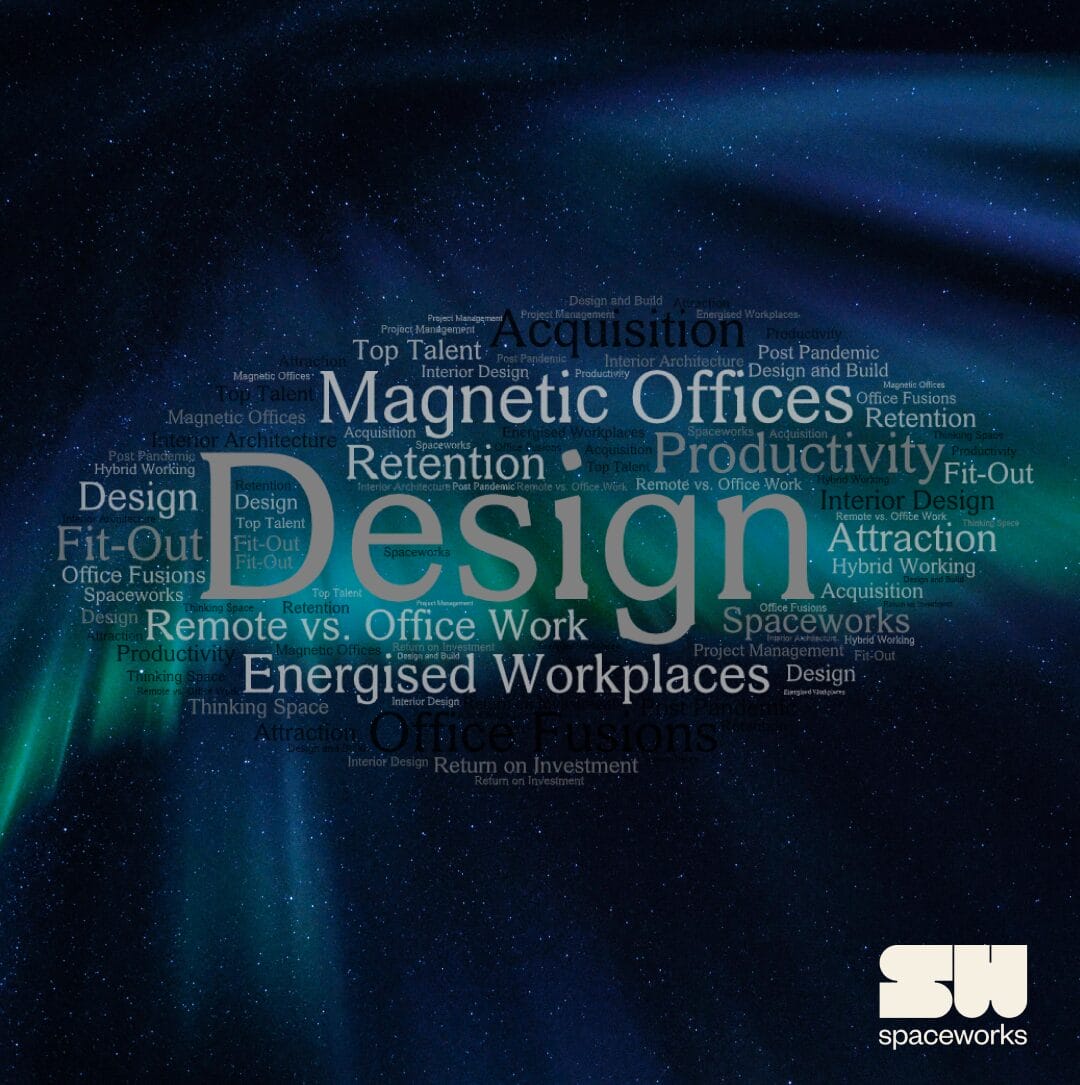

Exploring PAR
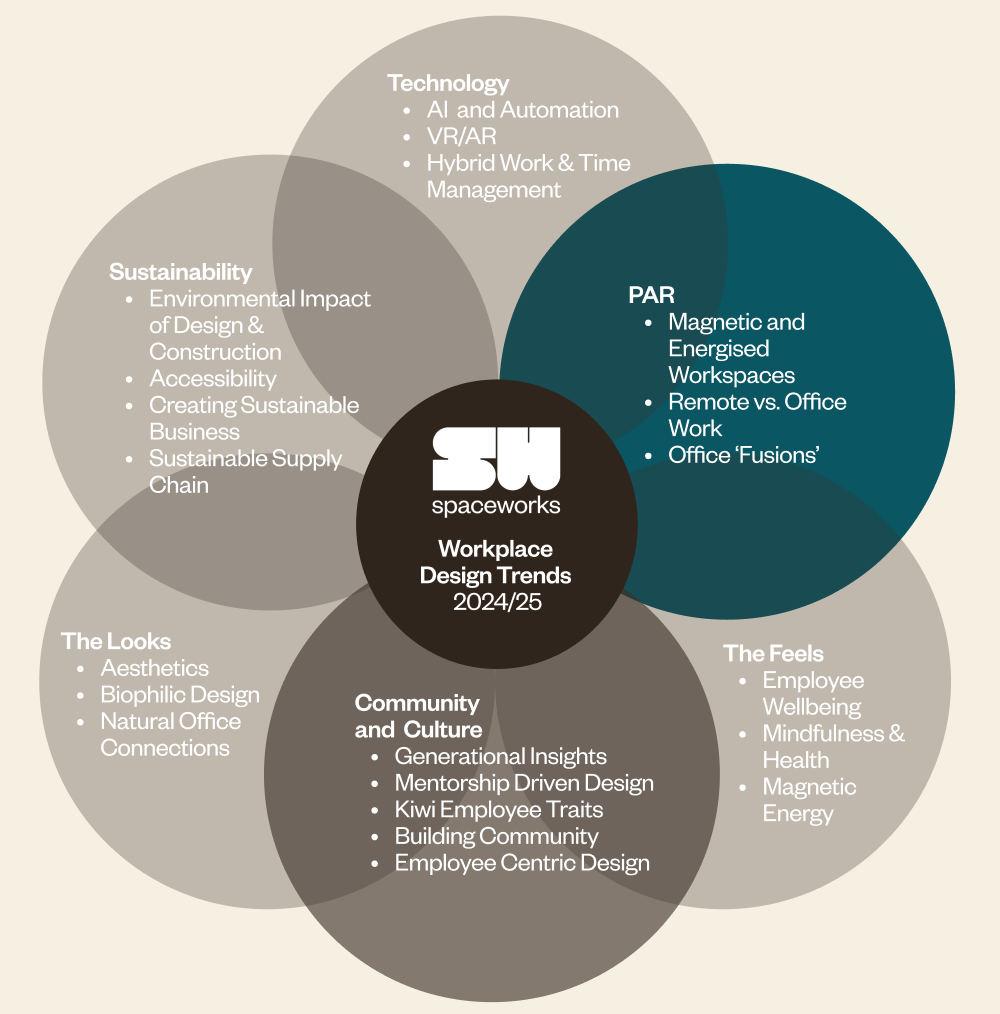
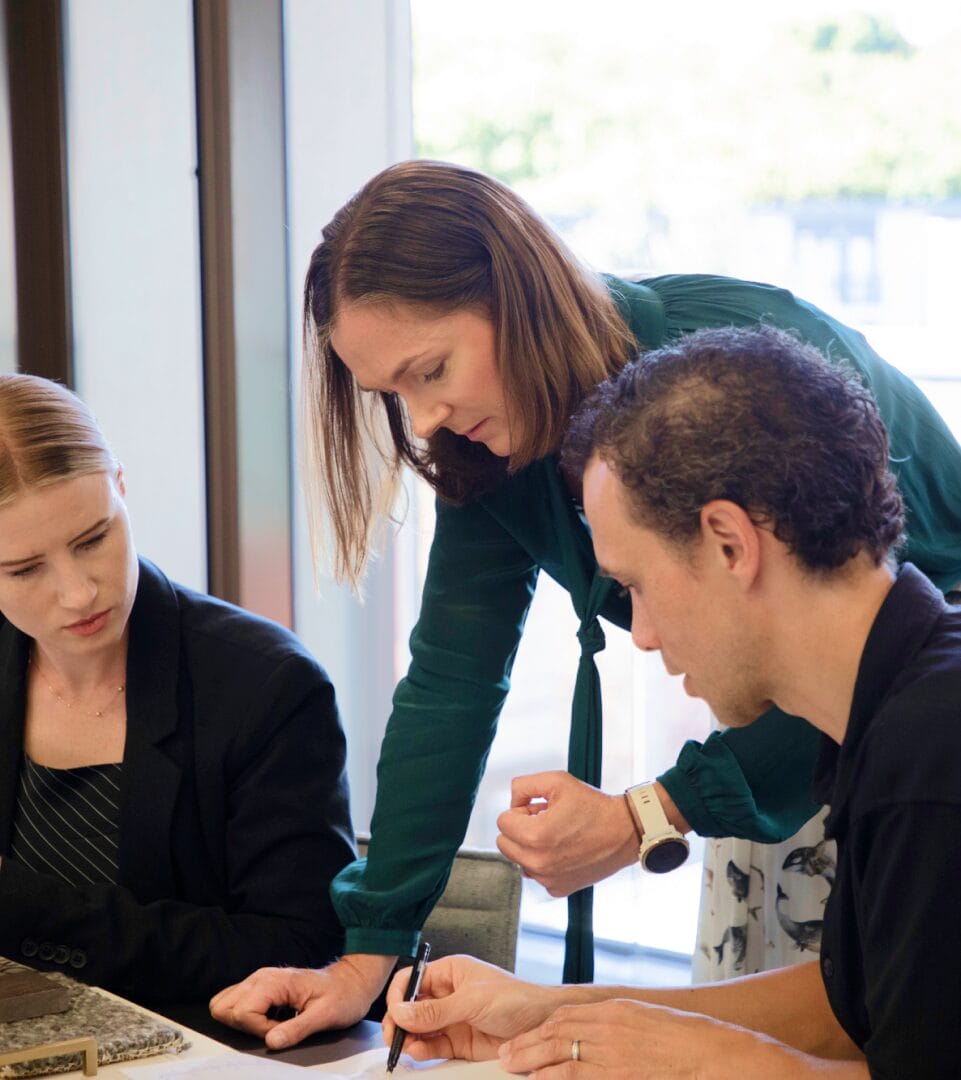
PAR: Workplace Design for Productivity, Aquisition and Retention
At Spaceworks, we’ve seen firsthand how workplace design impacts employee productivity, job satisfaction, and business success. In this first edition of our key workplace design trends series, we explore PAR—Productivity, Acquisition, and Retention—the pillars for business excellence.
Productivity: Enhancing Efficiency and Engagement
Productivity is deeply connected to workplace design. Research from Gensler shows that well-designed workspaces boost productivity by 20%. Thoughtful spatial planning, ergonomic solutions, and hybrid work models are key factors in creating productive environments.
Key Strategies for Productivity:
- Hybrid Work Support: Flexible spaces with video conferencing integration enhance efficiency.
- Deep Work & Collaboration Balance: Structured zones for focus work and interactive areas.
- Biophilic Design: Natural light, greenery, and community hubs improve engagement.
Acquisition: Attracting Top Talent through Design
High-quality workplace design plays a crucial role in talent acquisition. CBRE research shows that 78% of millennials consider workplace quality a key factor in job selection.
Key Design Elements for Talent Acquisition:
- Sustainability: 64% of professionals prefer companies with strong sustainability commitments (Deloitte).
- Flexible Workspaces: Adaptable zones that support different working styles.
- Well-being-Oriented Design: Spaces that prioritize comfort, inclusion, and productivity.
Retention: Keeping Talent with Thoughtful Design
Retaining top employees is a direct result of workplace experience. JLL’s 2023 report found that 87% of employees value a well-designed workspace.
Key Strategies for Retention:
- Mentorship-Driven Design: Spaces that encourage collaboration and professional development.
- Community Hubs: Common areas that foster a sense of belonging and interaction.
- Work-Life Balance: Wellness rooms, fitness areas, and mental health support spaces.
Practical Application Ideas
- Optimise Space Utilisation: Regularly audit space use and repurpose underutilised areas.
- Support Hybrid Work: Equip offices with flexible, tech-enabled spaces.
- Magnetic Workspaces: Use colour, texture, and inspiring design to energise employees.
- Prioritise Sustainability: Implement low-carbon materials and energy-efficient solutions.
Let’s Create an Impactful Workplace
Want to integrate these strategies into your workplace? Contact Jana Stringer today to explore how Spaceworks can transform your office.
Get in touch with Jana for expert insights on designing workspaces that drive business success.
